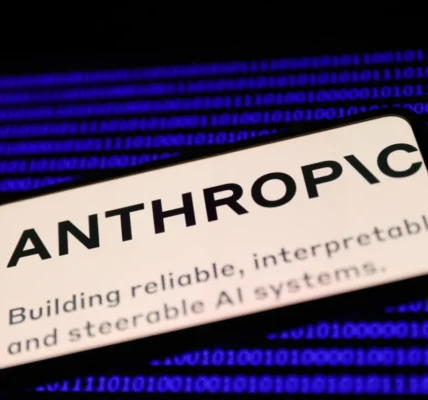
Introduction:
Hugging Face’s AI Comic Factory has gained significant attention for its innovative approach to generating comics using artificial intelligence (AI). In this article, we delve into the intricate mechanics behind the AI Comic Factory, exploring the technologies, processes, and features that contribute to its comic creation capabilities.
Understanding the Model Architecture:
At the core of the AI Comic Factory is a sophisticated deep learning model, leveraging state-of-the-art natural language processing (NLP) and computer vision techniques. The model is trained on vast datasets containing diverse comic styles, themes, and structures, allowing it to grasp the nuances of comic creation.
Text-to-Comic Conversion:
The AI Comic Factory begins its creative process with a textual input provided by the user. This text could be a script, dialogue, or a narrative description. The model excels at understanding context, tone, and humor, enabling it to translate the textual input into a coherent comic strip.
Image Synthesis and Style Transfer:
Once the textual content is processed, the AI Comic Factory employs image synthesis techniques to generate visuals that complement the narrative. This involves selecting or creating appropriate characters, backgrounds, and objects. The model is trained to infuse creativity into the visual elements while maintaining relevance to the given text.
Furthermore, the AI Comic Factory incorporates style transfer mechanisms to adapt the visual aesthetics of the comic to specific themes or artistic preferences. This allows users to customize the look and feel of their comics, adding a layer of personalization to the generated content.
Dynamic Panel Layout:
One of the standout features of Hugging Face’s AI Comic Factory is its ability to dynamically design panel layouts. The model understands the flow of the narrative and strategically arranges panels to enhance the storytelling experience. This dynamic layout generation contributes to the overall visual appeal of the comics.
User Interaction and Feedback Loop:
The AI Comic Factory is designed to engage users in the creative process. Users can provide feedback on generated comics, helping the model learn and improve over time. This iterative feedback loop allows the AI to adapt to user preferences, ultimately refining the quality of generated content.
Ethical Considerations and Content Guidelines:
Hugging Face prioritizes ethical AI use, and the AI Comic Factory is no exception. The platform incorporates content guidelines to ensure that generated comics adhere to acceptable standards. This includes avoiding sensitive topics, offensive content, and maintaining a positive user experience.
Conclusion:
In conclusion, Hugging Face’s AI Comic Factory represents a groundbreaking application of AI in the realm of creative content generation. By combining advanced NLP, computer vision, and user engagement techniques, the platform provides a unique and user-friendly experience for crafting personalized and entertaining comics. As technology continues to evolve, we can expect further refinements and enhancements to make AI-generated comics even more captivating and diverse.




